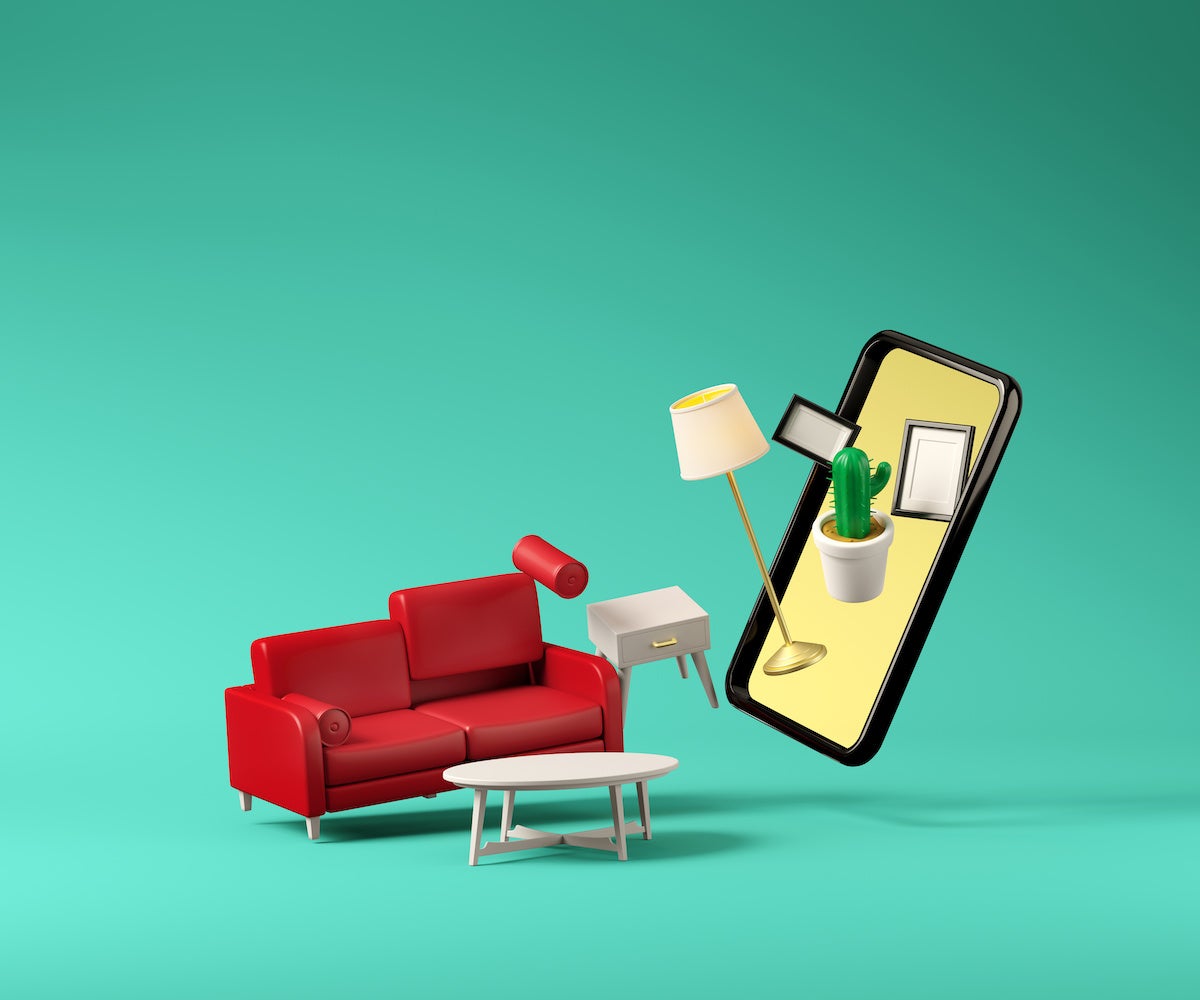SideDoor, the trade-only online purchasing platform, today announced a partnership with pay-over-time giant Affirm. The arrangement will allow designers who use the tool to give their clients the option to break up purchases into smaller payments, in some cases stretched out over the course of 12 months with no interest.
The partnership grew out of a personal need. Gage Edward, SideDoor’s head of partnerships, was looking to help his younger brother purchase furnishings for a new house. “I thought, Oh, I’m with this platform. Let me help you. But I realized that he was shopping local stores [instead], simply because they had a financing option,” says the designer, who started working with SideDoor this summer. “It was so silly that I couldn’t help my brother. I thought, Look, these tools are out there. Let’s make them available for SideDoor designers.”
The “buy now, pay later” offering is experiencing something of a boom lately. The idea of making purchases on layaway is ancient, but companies like Affirm, Afterpay, Klarna and Splitit have brought a digital spin to the concept, repopularizing it for millennials and Gen Z, two generations historically wary of credit. According to some studies, BNPL transactions will double by 2025 to $680 billion globally. And the technology seems ubiquitous these days: You can purchase almost anything using BNPL, ranging from a plumber visit to a pair of socks to, of course, a sofa.
The concept driving it is simple. At checkout, customers apply for what is, in essence, a microloan; in turn, they are able to break up their purchases over the course of a predetermined period, often at low or no interest. (How exactly they do that is the behind-the-curtain differentiator between the many players in this space. For Affirm, it’s a soft credit check that doesn’t appear on a credit report or impact the user’s credit score.) BNPL companies make money by charging merchants like SideDoor to offer the service; some also collect interest or fees when buyers miss payments.
For sellers, the upsides are well documented: Offering BNPL at checkout tends to increase conversion rates and average order values, with customers willing to spend more if they can spread out the impact of their purchase on their bank account.
Leveling the playing field with retail was one of the key motivations behind the partnership, says Edward: “This is a tool where designers can offer a lamp or a whole collection of furniture with a financing option. That puts our designers and users in a competitive position. They can go up against brick-and-mortar chains and e-commerce businesses, which are all offering similar deals.”
BNPL options are in fact so ubiquitous that in some ways, this partnership feels de rigeur—why wouldn’t anyone and everyone set up a fintech financing option for their customers? The SideDoor deal, however, is somewhat unique in that it represents one of the only partnerships that allows clients to use a financing arrangement to pay for to-the-trade product.
SideDoor has two basic functionalities. One allows designers to curate a selection of product from roughly 100 brands and sell them on social channels like Instagram, Pinterest or a blog and pocket a margin more typical with to-the-trade commerce (30 percent) than with affiliate marketing (which is often 3 to 5 percent). The other allows designers to send a shoppable list of products to clients, who can then check out directly; the designer still earns the commission from the sale, and SideDoor facilitates the order fulfillment. In both instances, clients can choose to use Affirm, says Edward, and designers are paid on the same terms as they would if the client were to pay using a credit or debit card.
There are catches. Affirm analyzes each user’s creditworthiness, and in some cases may not extend the same terms of debt to every customer. SideDoor’s arrangement with the company also maxes out at $17,500, so this is not a tool that would allow a client to finance the furnishings for a high-end, whole-home project.
However, Edward says that’s not really the point—instead, the goal is to help interior designers close smaller deals, and to help SideDoor stay relevant for younger consumers who have become accustomed to financing options. “Maybe we can help a designer get a collection of furniture approved before the holidays, because the client wants to move ahead but also wants to have liquidity to buy presents for their family,” he says. “Whatever the case may be, for everyone in the interior design space, and who they’re going to be selling to in the near future, [buy now, pay later] is definitely something that just has to be there. When you’re selling to millennials and Gen Z over the next five to 10 years, it’s something they’re going to expect.”
Homepage photo: ©3DJustincase/Adobe Stock





























